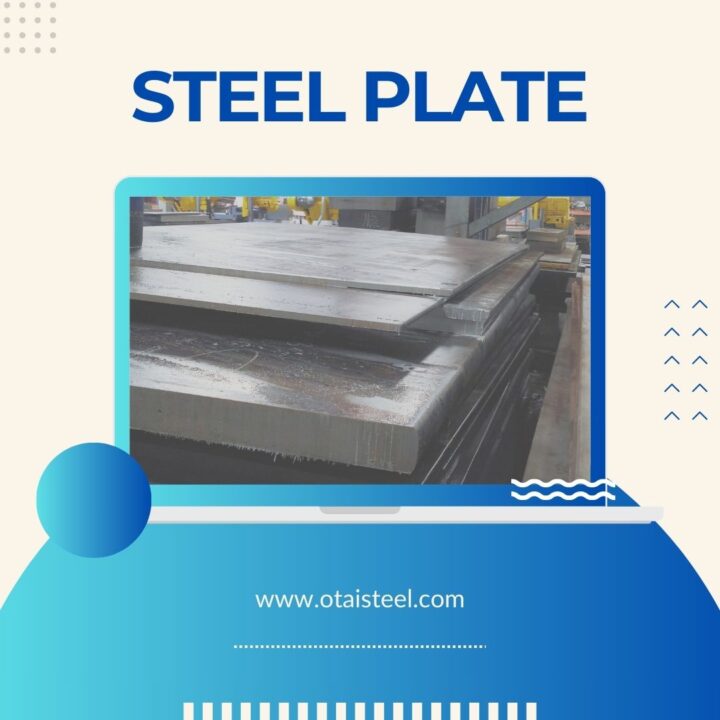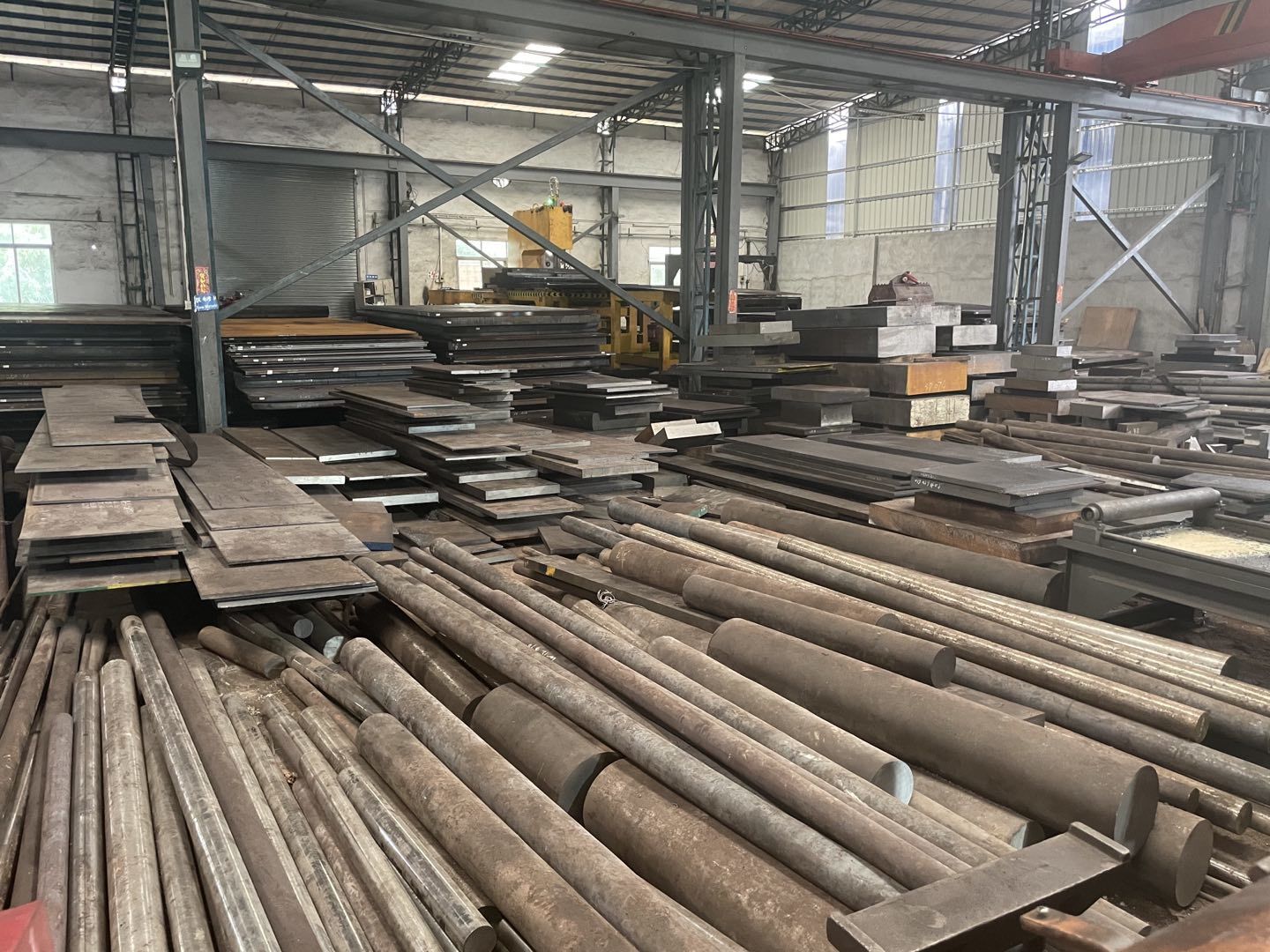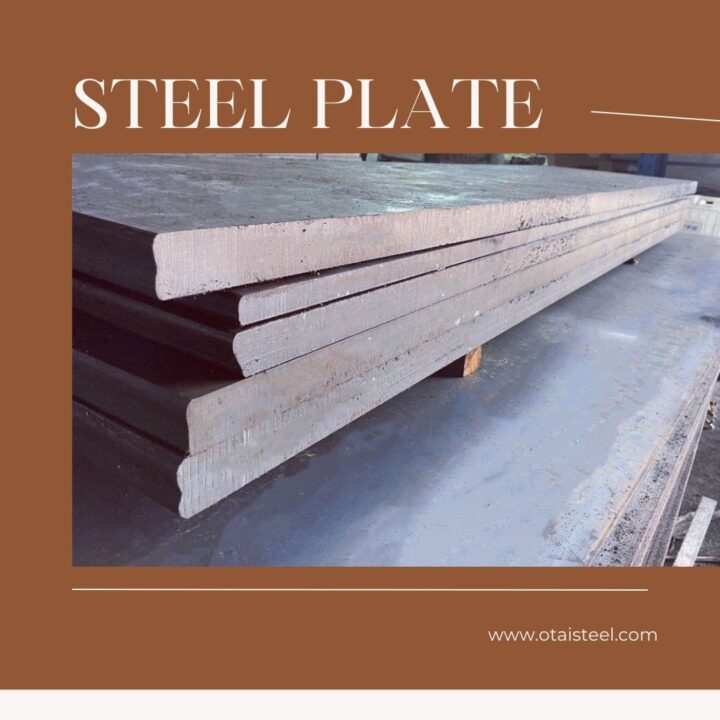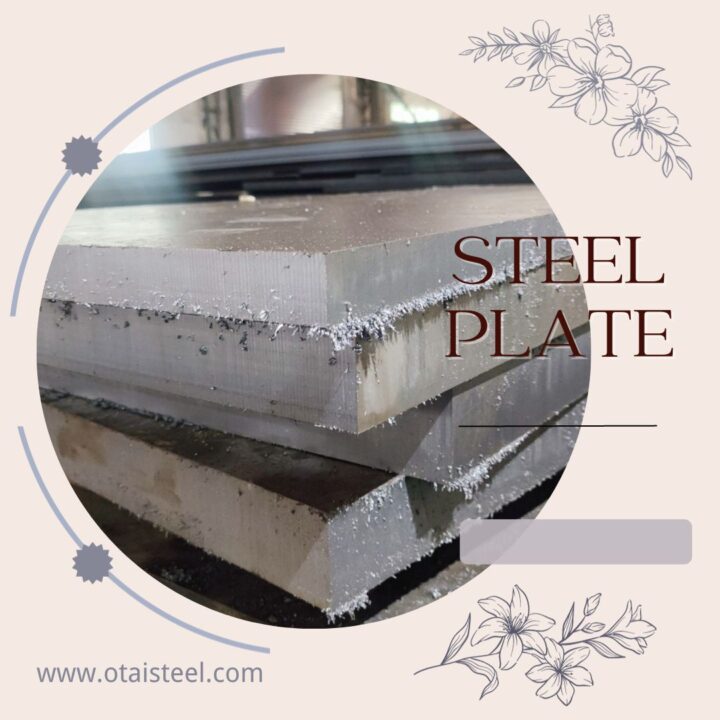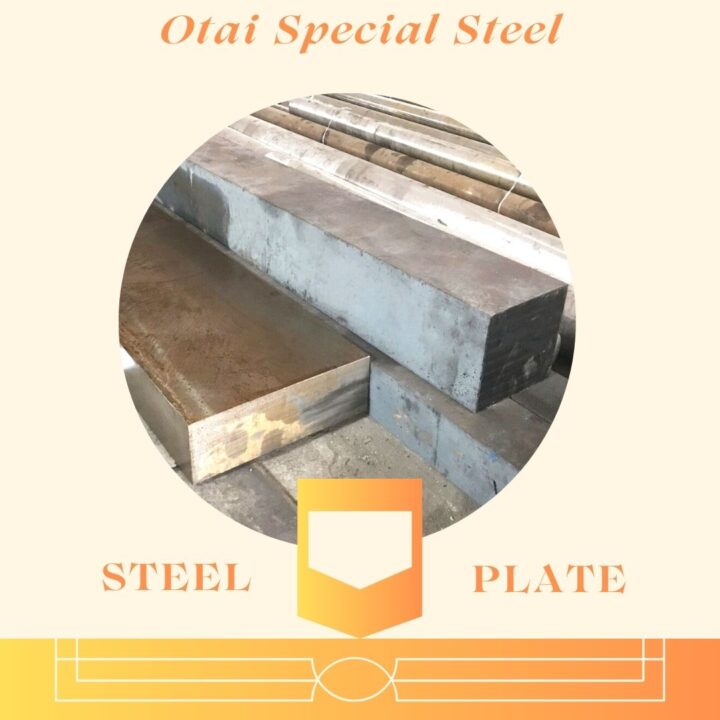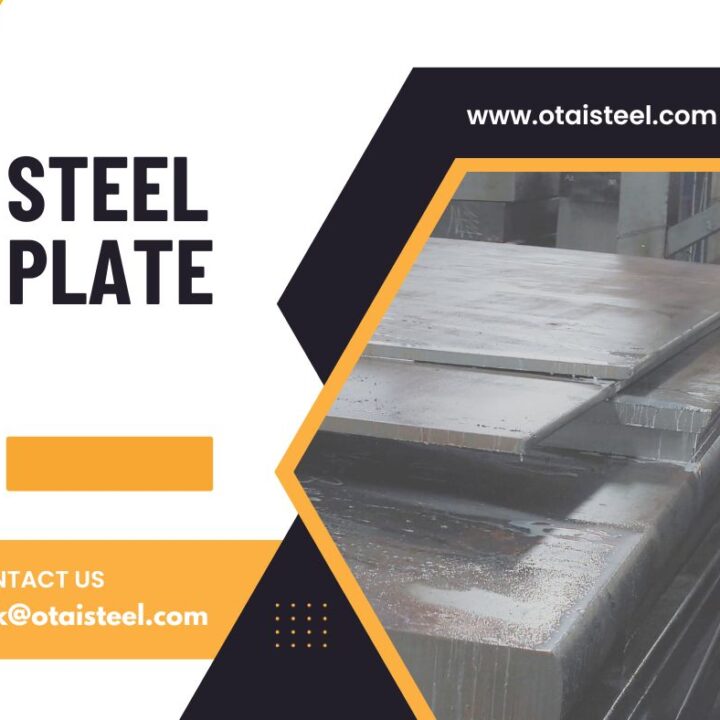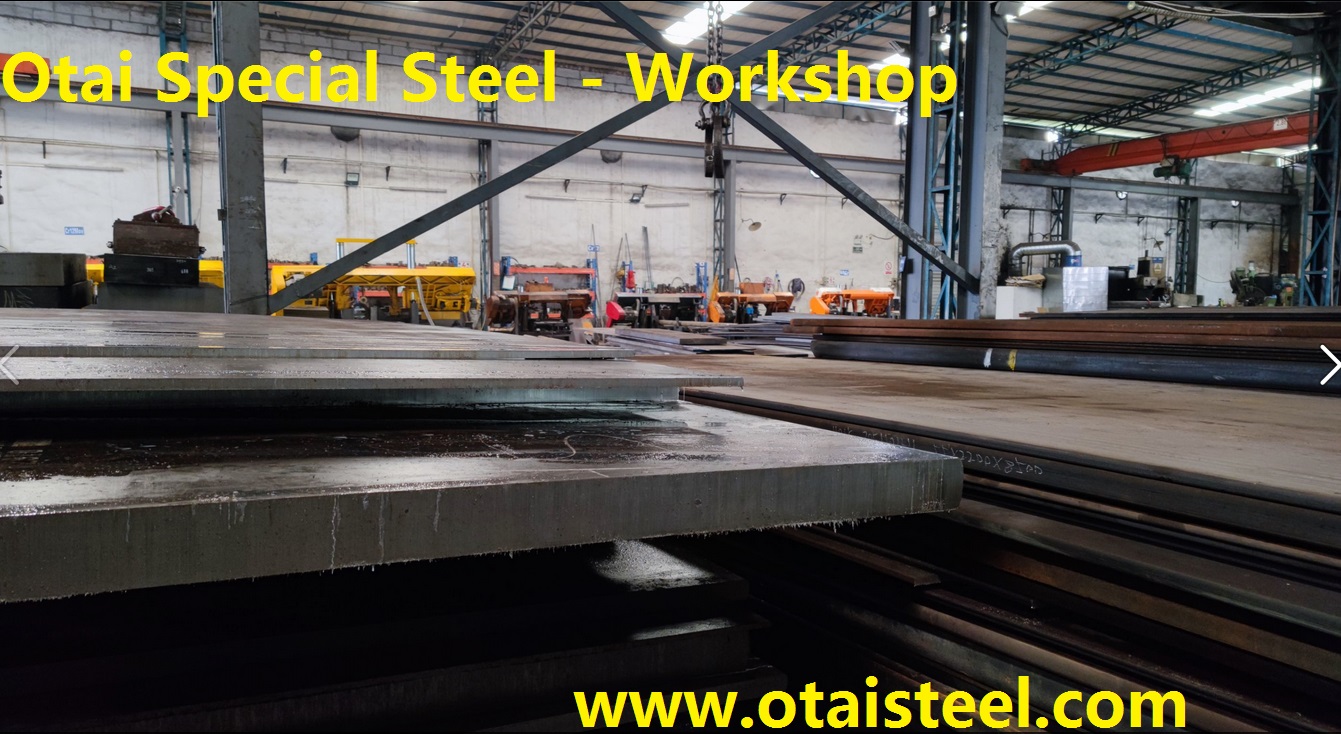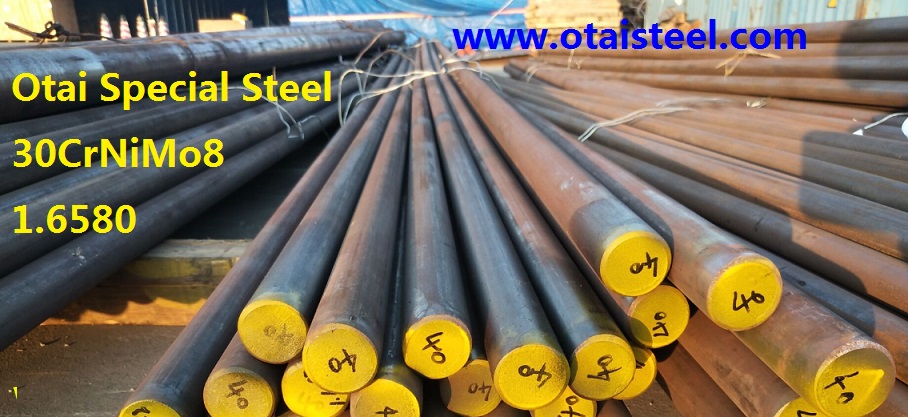When it comes to selecting the ideal steel alloy for your application, factors such as strength, toughness, and machinability come into play. Two popular choices in the steel realm are 8620 steel and 4140 steel. This comparison aims to guide you in making an informed decision based on the unique characteristics of each alloy, ensuring that you choose the one better suited to meet the demands of your specific application. (8620 Steel vs 4140 Steel)
1. Chemical Composition:
- 8620 Steel: Known as a low-alloy nickel, chromium, molybdenum case-hardening steel, 8620 contains less nickel than 4140, emphasizing its focus on case hardening. The alloy also has a lower carbon content, contributing to its excellent weldability and machinability.
- 4140 Steel: This alloy is a chromium-molybdenum alloy steel, featuring a higher carbon content than 8620. The increased carbon content enhances its hardness and strength after heat treatment.
2. Heat Treatment Response:
- 8620 Steel: Exhibits a good response to carburizing, making it an excellent choice for applications requiring a hard, wear-resistant surface. The alloy’s core retains toughness and ductility.
- 4140 Steel: Offers exceptional strength and hardness after heat treatment. It responds well to various heat treatment processes, including quenching and tempering, resulting in a combination of high tensile strength and good toughness.
3. Strength and Toughness:
- 8620 Steel: Known for its exceptional toughness and ductility. While not as hard as 4140, it maintains a good balance between hardness and toughness, making it suitable for applications requiring impact resistance.
- 4140 Steel: Boasts higher hardness and strength compared to 8620. It is particularly well-suited for applications where ultimate tensile strength is a critical factor.
4. Machinability:
- 8620 Steel: Offers excellent machinability due to its lower carbon content. It is easily machined into intricate shapes and is a preferred choice for components that demand precision.
- 4140 Steel: While still machinable, 4140 requires more attention during machining due to its higher carbon content. Proper tool selection and machining practices are crucial to achieve optimal results.
5. Applications:
- 8620 Steel: Commonly used in applications requiring a combination of toughness, wear resistance, and machinability. Gears, camshafts, and other components benefit from its case-hardening properties.
- 4140 Steel: Well-suited for applications demanding high strength, such as axles, bolts, and shafts. Its superior hardness makes it a preferred choice for components subjected to heavy loads.
6. Weldability:
- 8620 Steel: Excels in weldability, making it a favorable choice for applications requiring welding or fabrication.
- 4140 Steel: While weldable, precautions must be taken during welding to avoid issues such as cracking. Preheating and post-weld heat treatment may be necessary.
7. Cost Considerations:
- 8620 Steel: Generally more cost-effective than 4140 steel, making it an attractive option for applications where a balance of properties is essential.
- 4140 Steel: Tends to be more expensive due to its higher alloy content and superior strength characteristics.
In the 8620 vs. 4140 steel comparison, the right choice depends on your specific application requirements. If you prioritize toughness, excellent machinability, and cost-effectiveness, 8620 steel may be the optimal choice. On the other hand, if your application demands higher strength, hardness, and the ability to withstand heavy loads, 4140 steel could be the superior option. Evaluate the unique characteristics of each alloy in the context of your application to make an informed decision that aligns with your performance criteria and budget considerations. (8620 Steel vs 4140 Steel)
